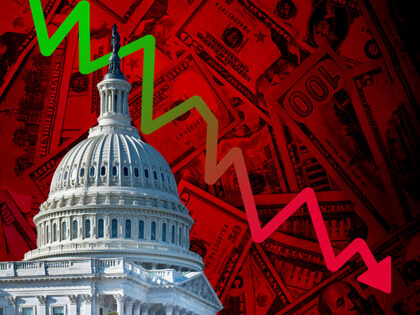Factory Orders Point to Business Investment Recovery in April
A key proxy for business investment suggested confidence returning in April.

A key proxy for business investment suggested confidence returning in April.

The labor market is putting the Federal Reserve to the test.
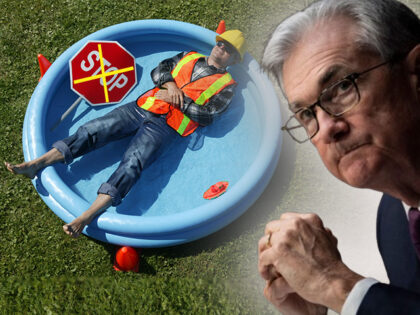
And how can the rise in unemployment be reconciled with the huge job gains?

The U.S. economy added 339,000 jobs in May and the unemployment rate rose to 3.7 percent, the Labor Department said Friday. Economists had forecast employers would grow payrolls by 190,000, a downturn from the preliminary April estimate of 253,000. The unemployment rate was expected to pick up to 3.5 percent from 3.4 percent.
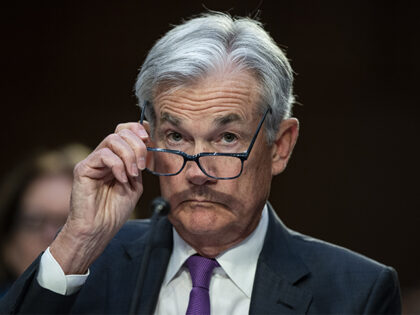
The bones of the U.S. economy are looking good as we hurtle toward the warming months.
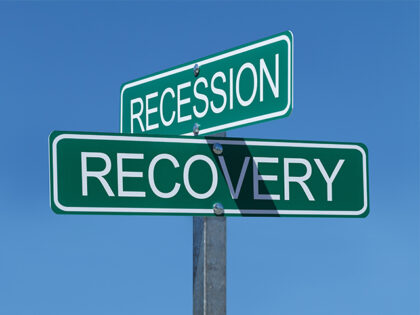
A second consecutive month of strong job growth. What will Friday’s nonfarm payrolls bring?

No sign of businesses shedding workers at a more rapid rate.
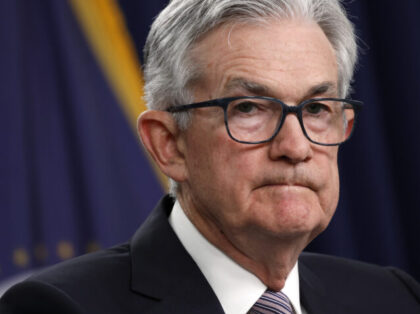
The labor market is still refusing to cooperate with the narrative that the economy is softening.

So much for the idea that the labor market was softening enough for the Fed to hold off on rate hikes.
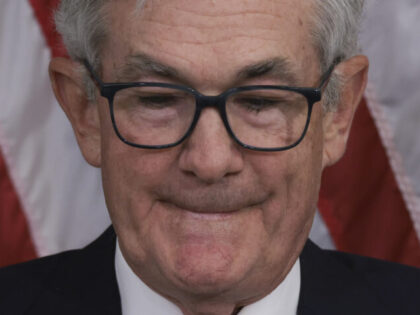
Spending would fall by $1.3 trillion, debt service costs would decline, and IRS funding cuts would reduce revenues, the CBO said Tuesday night.
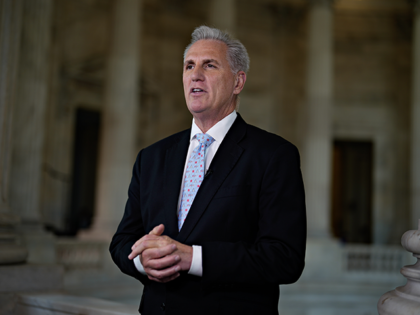
The deal to suspend the limit on federal government debt until 2025 removes one of the obstacles to another Federal Reserve rate increase.

Consumer confidence fell in May from April but remained above the level expected by economists.

It is getting harder and harder to justify not raising rates at the next meeting of the Federal Open Market Committee.

Expectations for the near-term and long-term plunged in May as consumers fear the recession they see coming.
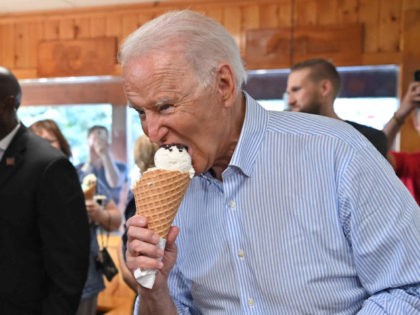
Inflation is on the rise again. Can the Fed afford to pause at the next meeting.
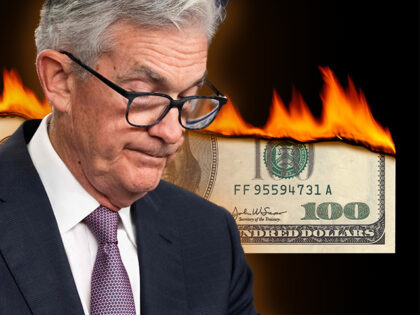
Did the economy grow or shrink in the first three months of the year?

The combination of a lack of homes on the market, high prices, and high mortgage rates are holding back sales.

The Fed’s June decision on interest rates just got a bit more complicated.
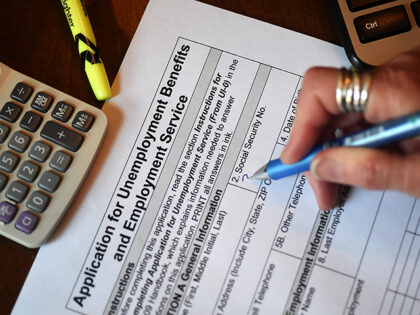
Someone forgot to tell the mall rats that the economy is supposed to be in a recession any day now.

Yellen is claiming they have no backup plan. That seems risky.
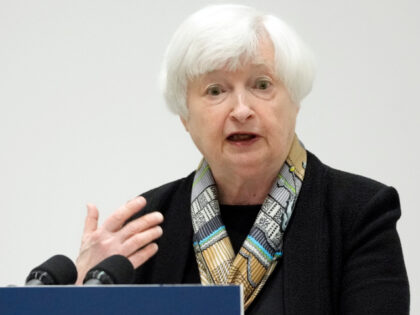
The most heralded recession in U.S. history still is not showing up.

Sales rose 4.1 percent to an annual rate of 683,000 in April, the Commerce Department reported Tuesday.

This is not the slowdown Jay Powell was looking for.
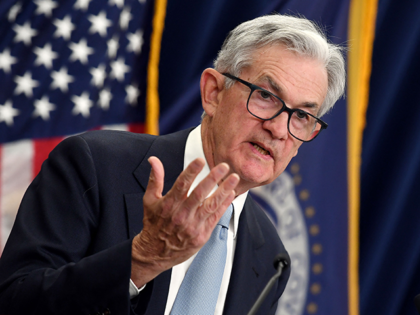
Despite the lowest rate of unemployment in decades, more than a third of Americans say they are losing ground financially.

Six in 10 Americans say the amount of federal income tax they pay is “too high.” That’s the highest percentage since 2001.
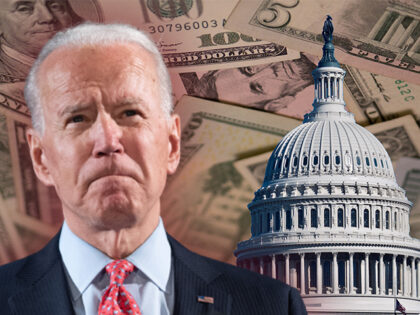
Federal Reserve Chairman Jerome Powell still appears to support a pause at the next meeting—and expects the Fed will hold rates near current levels rather than cut later this year.

Long-term underlying inflationary pressures are pushing us toward a prolonged period of higher inflation or higher interest rates.
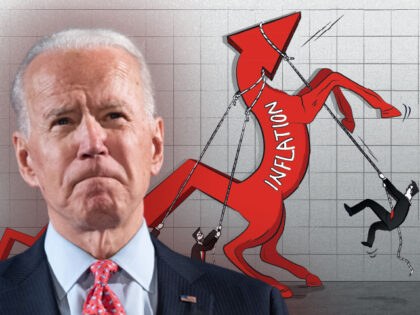
Sixty-one percent of Americans say recent price hikes have caused financial hardship for their household, up six points from the last reading in November, Gallup said Thursday.
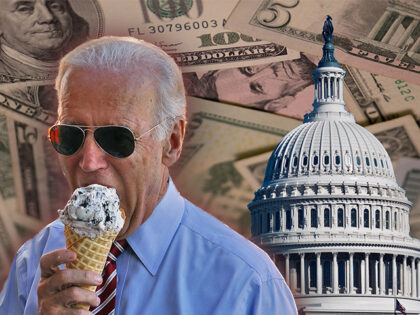
Claims show no evidence of a trend toward a softer labor market.
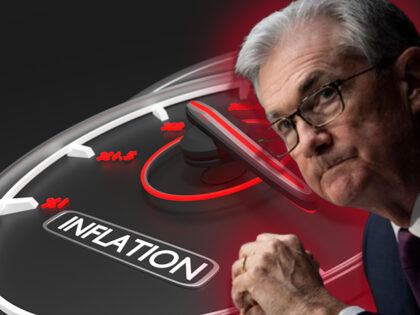
One sign of a very tight labor market is that very few workers are relocating to take up new positions.

The gains in April were driven by single-family construction in the West and multifamily construction around the country.

How can we break this to you? The economy is not in a recession.

The National Association of Home Builders (NAHB) said on Tuesday that its monthly index of homebuilder confidence jumped five point to 50 in May, the fifth consecutive monthly gain and the strongest reading since July 2022.

Excluding autos and gas stations, retail sales beat expectations in April.

Federal Reserve officials are working overtime to jawbone the market away from the conviction that the Fed will cut rates several times this year.

After a brief bounce in April, the Empire State Manufacturing index plunged deep into contraction territory in May.
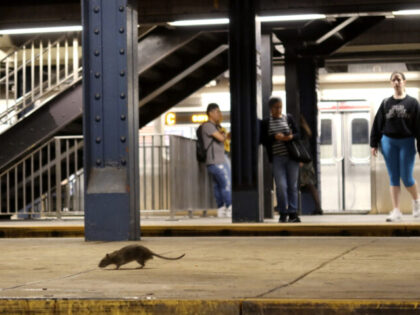
The Federal Reserve fired a shot across the bow of market complacency on interest rates.
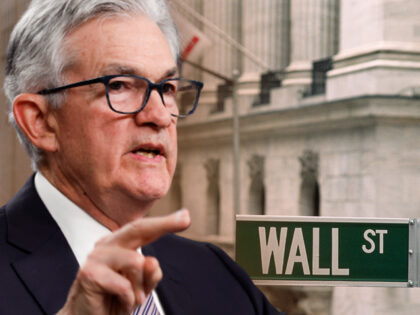
Bowman says that “additional monetary policy tightening will likely be appropriate” if inflation continues to run high.
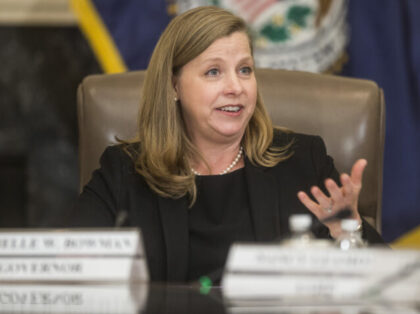
Consumer sentiment unexpectedly plunged and long-run expectations for inflation jumped up.
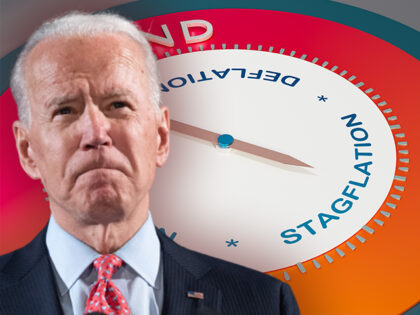
The yield curve on very short-term debt issued by the U.S. government is deeply inverted. Could this signal concerns about the debt ceiling?
